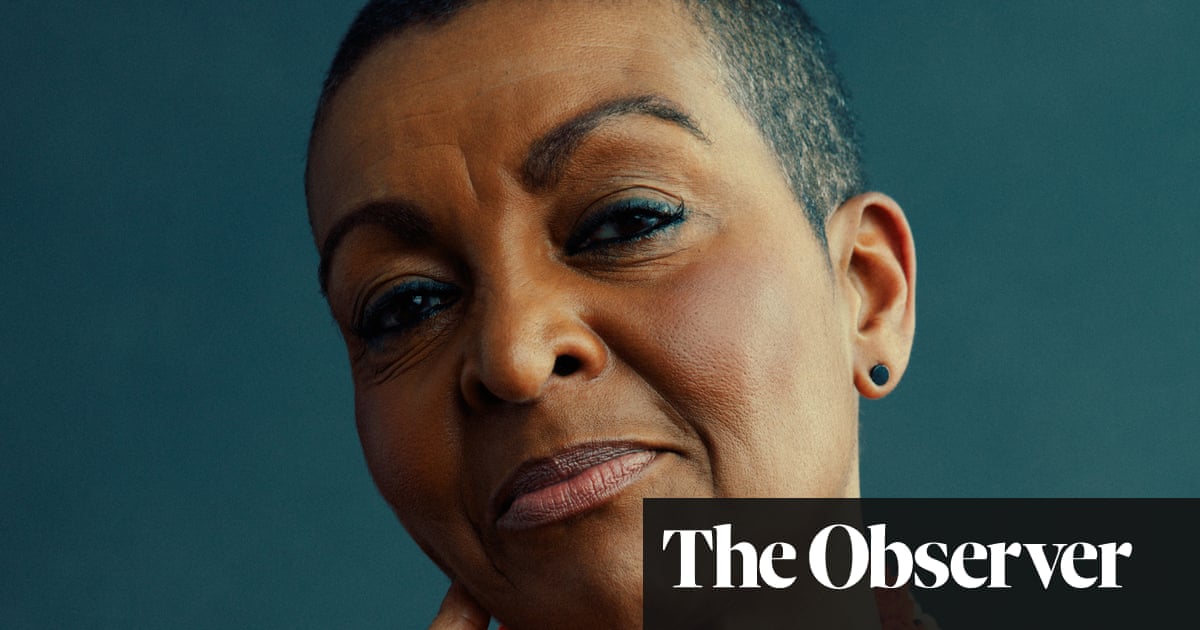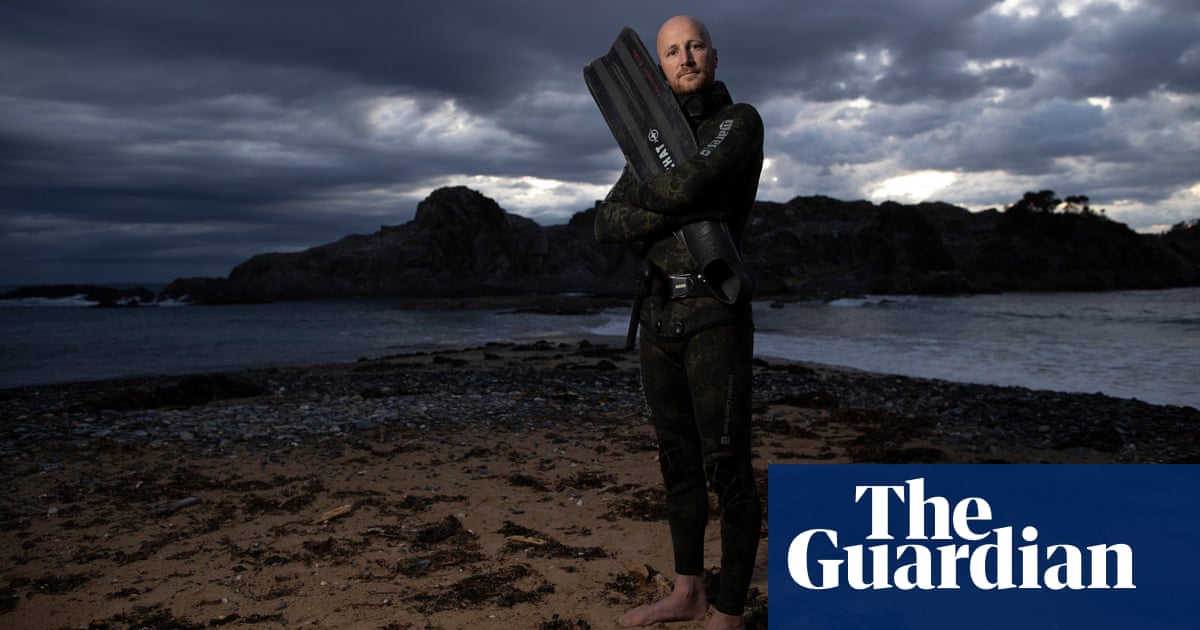
When Addison Bethea felt the tug on her leg, she thought it was her brother, Rhett, playing a prank. It was a hot Saturday afternoon and they were snorkelling off the Florida coast, scouring the seabed for scallops with a couple of Rhett’s friends. The shallow waters were familiar territory for the Betheas, born and raised in the state, but this was a novel experience for one of Rhett’s friends. “They were making jokes about sharks just to scare him,” Addison recalls.
The four had been swimming for 20 minutes or so when Addison felt something pulling at her right leg, strong enough to drag her beneath the surface. She and her brother had been passing the scallop bag back and forth all afternoon as they swam near Rhett’s new boat, jostling each other as they went. But when she surfaced, she saw that Rhett was in front of her.
“That’s when I realised,” she says. The shark appeared “out of nowhere” at Addison’s side and bit her right calf. She screamed for her brother: “It was the only thing I could do.” Just as Rhett turned to look, the shark latched on to Addison again, this time her right thigh, pulling her under.
For a second, Rhett was perplexed – where had she gone? “And then I came back up, and that’s when I saw everything happening all at once: the shark’s tail thrashing, the blood. It was a lot.”
Seventeen at the time of the attack, now 18, Addison appears every inch the laid-back, beach-loving teenager, her tan contrasting with blond hair, a thick band of friendship bracelets at her wrist. It was only a year ago that she was fighting for her life, not 25 minutes from where she is now.
It may have been the shock, but Addison says she didn’t see the shark once during the attack. Instead, “I remember feeling everything.” There was the shark’s sandpaper-like skin, familiar from an educational encounter at an aquarium, and the vague, horrifying suggestion of its size. “My whole arm couldn’t even wrap around its body.”
Rhett later estimated the shark’s length as 10ft (3m) at least, most likely a bull or tiger shark. Both are among a handful of species that pose a known threat to humans and are common in Florida.
But even as Addison registered the predator’s “razor-sharp teeth”, sinking into her thigh, she felt no pain. Instead, she was confused. The attack felt as if it was happening in slow motion, or in a dream. “When you try to scream and nothing comes out – that’s what I felt like. So I belted as loud as I could, so someone heard and I didn’t just die in the water.”
Rhett swam over and took Addison in his arms, as she was still being attacked. “That’s when I started hitting the shark,” says Addison. She had grown up watching Shark Week on the Discovery Channel and remembered the advice, in the event of a shark attack, to punch it on the nose.
As Rhett tried to get her back to the boat, Addison began to fight back, reaching inside the shark’s gills, poking at its eyes. “Its eyeball was the size of a baseball: very big, very gooey – very gross,” she says. “I remember even in the moment being, like, eww.”
On Zoom, she holds her hands up to the camera. “I tried to pry it off with my fingers – some of my finger’s gone, right here.” The shark let go, “but then it would come straight back”, says Addison. She rejects the claim that sharks only ever bite people by accident because they don’t like the taste. “You hear that your whole life,” she says, rolling her eyes, “then you get attacked by one.”
The attack, last June, probably only lasted 20 seconds (long enough, Addison adds). Throughout, Rhett’s friends were in the shallow water with them, just a few feet away. “They didn’t understand what was happening,” she says.
But Addison’s screams attracted others on the nearby Keaton beach. A man in a high-speed boat drove over to help. Rhett heaved her on to the boat and the man tried to tie a tourniquet around Addison’s leg. From a few inches above her knee to her hip, “my entire thigh was gone,” she says.
As a firefighter, Rhett, who is six years older than she is, “sees stuff all the time”, says Addison. But she recalls him pausing on the boat, shocked by the sight of her leg. The boat set out at top speed for the shore with Addison in the footwell, drifting in and out of consciousness. Over the boat’s radio, Rhett pressed first responders to send a rescue helicopter to meet them.
Addison was becoming agitated, shifting her position and clamouring for cold water. “Apparently I was swearing at Rhett,” she says, a little shamefaced. “I guess I was in shock. I don’t remember doing that. I’ve never done that ever.” She does remember praying. “When I was getting attacked, I was praying to God that I’d be OK,” she says. “Then, when I was in the boat, I was praying again … just to get me through it, or to get everyone else through it if I did pass [away]. That made me feel better.”
Finally, the boat reached the emergency dock at Keaton beach. Addison recalls being loaded into an ambulance, and then, after a five-minute drive, the rescue helicopter. The crew were astonished that she was still able to speak, Addison says. “The flight medic was like: ‘I know this is a stupid question, but are you in any pain?’ I said yes – and that’s all I remember.”
The wind was with the helicopter, hastening the 15-minute flight to Tallahassee hospital, which meant Addison arrived at A&E just in time to catch a surgeon with the expertise to save enough of her leg to establish blood flow and stabilise the kneecap. The alternative would have been immediate amputation from the hip, and, most likely, using a wheelchair for the rest of her life. To Addison, it is “another thing that I feel God was in control of” that day – just one of the strokes of luck to which she credits her survival.
Nonetheless, the trauma was severe. By the time she went into surgery, Addison had lost a lot of blood and it was not clear whether she would stabilise. “I didn’t know how severe everything was for me: I could have died,” she says.
Addison woke up after surgery in the intensive care unit to find her mother, Michelle, at her bedside. She tried to ask after her father, Shane, but found she was intubated: “The worst thing ever,” she says, with a grimace. Shane, however, was already on his way, alerted by Rhett’s friends.
Still disoriented, Addison mistook Tallahassee hospital for one that she knew had a Wendy’s burger concession downstairs, and asked to be brought a frozen Frosty dessert. “Everyone thinks it’s the funniest thing, that I woke up wanting Wendy’s Frosty,” she says with a sigh. “But we don’t have that where I live.”
Addison was in intensive care for three days. “I don’t even remember all my surgeries,” she says, “but I do remember my right leg being significantly smaller than my left one.”
She resisted her doctors at first when they said they needed to amputate her right foot and lower leg. “I was in denial … I didn’t know anything about amputations – I just knew that I didn’t want it.” But she had already lost feeling in her foot. Saving it would have required extensive skin grafts for an uncertain outcome. “I didn’t really have a choice,” Addison says. “Having a leg where I could actually be functional was a lot better in the long run.”
After a week in hospital, Addison’s leg was amputated above the knee; she started rehabilitation the next day. Despite significant pain, she managed to travel 10ft with a walking frame. “I don’t really understand how I did it,” she says.
At every stage of recovery, Addison surpassed expectations. She credits it to her faith and the support of others. “All the prayers that everyone sent – I got to recover so much quicker.”
Addison’s friends visited daily, while her boyfriend, Ashton, would drive an hour to see her after finishing work at 10pm, and then another hour home: “Every single day,” she marvels. “Crazy.”
She spent more than half the summer recovering; every visitor made a difference, she says. “Without that, I don’t know how I would have made it – all my friends supporting me, keeping my head strong.” Shane did not leave her side. “My dad told me every single day: ‘Today’s going to be a good day,’” says Addison. “That’s what helped me get through.” That and playing Fortnite, she adds.
She was fitted with a prosthetic leg in early August, a month after the attack, but her recovery wasn’t limited to learning to walk again. “My fingers were so badly messed up, at first I couldn’t even bend them,” Addison says.
Once again, she impressed her physical therapists with the speed of her recovery. Addison had lived an active lifestyle before the attack, and was determined to get it back. “I would push myself – I wanted to get out of bed.” Most inpatient recoveries post-amputation take five months, she says, with deserved pride. “For me to be there a month and a half is nothing.”
By the time she left rehab in mid-August, she says, “I felt a lot better.” But her wounds were at high risk of infection and needed care, confining her to home. “I was still stuck in my house and upset about that.” The local community extended a lifeline, supporting her through her recovery. “It’s a small town – everybody knows everybody,” says Addison.
In September, she returned to school. At first she was self-conscious about walking in front of her classmates and used a wheelchair. But soon she was confident walking with her prosthetic leg.
Now she is gaining on her previous “speed walk” pace and is even back at the gym doing her usual weightlifting routine. “Now I can do whatever; I can hop around my house, I don’t have to have anything to help me … It’s easy now.” Recently, she marked the first anniversary since the attack. How is her life different? “I would say it’s better – which sounds weird,” she says.
In hospital, when a medic promised life would get better, Addison was sceptical back then: “But it really has – because it shows you how to be appreciative of what you’ve got. You don’t take anything for granted once you’ve been through something like that.”
She doesn’t seem to have let the attack stop her doing anything in any way, or even slow her down. In May she graduated from high school (“Only cost me a leg,” she joked on Facebook) and this summer she is back in the water.
She even recently returned with Rhett and Ashton to the spot where she was attacked. Swimming, scalloping and surfing are too big a part of her life to give up, Addison says. “I’m not going to avoid that when it’s something I like to do.”
On the persistent threat of sharks, she is pragmatic, even sanguine. After she was attacked, local people tried to hunt down the predator, without success. “I didn’t want that, but people were out for vengeance, I guess,” she says.
She was aware of the risk when she went into the water that day. “What you have to realise is that once you get into the ocean, that is not your territory … The shark was following its instincts. Yeah, it sucks that it picked me to bite – but it happens.”
As swift as Addison has been to move on from the attack, she has made it a part of her story. On Facebook she regularly cracks jokes about her life-altering encounter, recently posting a photo of herself inside the jaws of a fibreglass shark at a souvenir store. She has a collection of stuffed sharks at home – Ashton brought her the first one while she was still in hospital, at her request. “I guess I’ve just been raised with that dark sense of humour,” she says.
In future, Addison hopes to enrol for college online, perhaps to study physical therapy, inspired by her own experience in hospital. “Since I had to go through something like that, I feel like it would be good to help others.” Plus, she adds: “They couldn’t be mad at me if I told them to do something – I had to do the same thing.”
For now, life is moving fast: Addison and Ashton are expecting a baby girl in mid-December. At their recent gender reveal party, they served a watermelon carved into the shape of a friendly, toothy shark.












